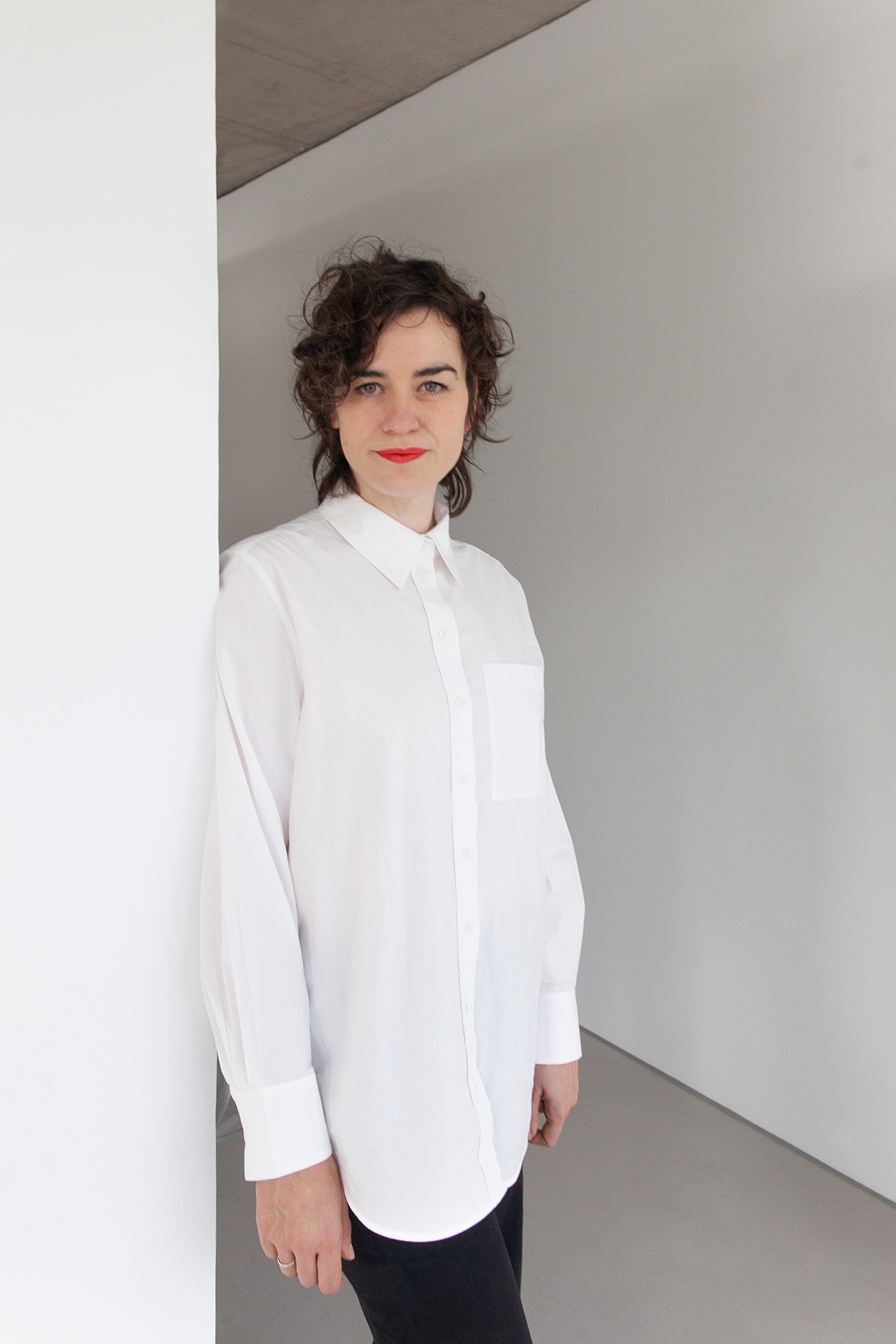Ludwig Forum

Coronation church of the German kings and burial place of Charlemagne - this dual function of Aachen Cathedral is one aspect of its great attraction. However, many visitors are also fascinated by the interesting architecture, the octagon of the Carolingian Marienkirche inscribed in a 16-corner, the Gothic choir hall built as a "glass shrine" (1355-1414) and, of course, the artistic decoration inside. Late antique columns and a Gallo-Roman bronze bear indicate Charlemagne's efforts to establish a link with the Roman Empire. The pine cone, the so-called wolf's door of the main portal and the bronze grilles come from the palace's own foundry.
The marble throne in the west building was probably created in its current form on the occasion of the coronation of Otto I. The mosaic of the 8-part octagonal vault with the image of the apocalyptic vision of the heavenly Jerusalem is a free reconstruction of the Carolingian original from 1881. The richly decorated ambo and the Pala d'oro, a gold panel in relief from the 11th century, the large octagonal wheel chandelier and the magnificent shrine for the bones of Charlemagne, both donated by Friedrich Barbarossa, are also worth seeing, both donated by Frederick Barbarossa. The shrine of the Virgin Mary contains further relics. Aachen Cathedral was the first German monument to become a UNESCO World Heritage Site.
The cathedral is a stop on the Route Charlemagne.
In its present appearance, Aachen's town hall is a testament to many centuries. The Granus Tower has been preserved from the time of Charlemagne. In the 14th century, the citizens of Aachen built the Gothic town hall on the foundations of the remaining Carolingian palace building. Between 936 and 1531, the banquets of Aachen's royal coronations took place here. The monumental coronation hall is still a reminder of this time. Here you will also find faithful replicas of the imperial regalia, including the imperial crown, the sword and the gospel book of the medieval rulers.
The largest history paintings of the Romantic period, the frescoes by Aachen artist Alfred Rethel (1816-1859) with their legendary and historical scenes from the life of Charles, also date from the 19th century. The Aachen-born sculptor Ewald Mataré (1887-1965) created the windows of the hall as well as the Marian portal and the bronze door of the main entrance. The richly decorated rooms on the first floor bear witness to the splendor of the free imperial city in the 17th and 18th centuries, when the town hall was converted into a baroque city palace.
The town hall is a stop on the Route Charlemagne.
The Aachen Cathedral Treasury houses one of the most important church treasures in Europe, a unique collection of treasures from the history of Aachen Cathedral. These include sacred cultural treasures from the late antique, Carolingian, Ottonian, Hohenstaufen and Gothic periods. In 1995, the treasury was completely refurnished according to the latest conservation and museum didactic findings. It displays more than 100 works of art on over 600 square meters, grouped according to five thematic areas:
The first section documents the cathedral as the church of Charlemagne, with the silver, partially gilded bust of Charlemagne (after 1349) taking center stage. This is followed by objects from the liturgical context, including the Lothar Cross (around 1000) and the so-called Aachen Altar (around 1520). There are also works of art that came to Aachen on the occasion of the royal coronations between 936 and 1531, e.g. the ivory holy water vessel (around 1000). Relics and the pilgrimage to Aachen, as well as the cathedral as a church dedicated to the Virgin Mary, are the subjects covered by the reliquaries, the Hungarian foundations, numerous precious pictures and sculptures of the Mother of God. In the basement, the rich textile treasure of the cathedral can be seen in constant rotation around the coronation cloak, the so-called Cappa Leonis (before 1520).
The Cathedral Treasury is a stop on the Route Charlemagne.
...is the central point of contact for all questions about the history of the city of Aachen. It is, so to speak, the memory of the city. Documents important to the city's history are kept here, dating back to the Middle Ages, which you can view and analyze in the reading room.
The customs museum's 22 rooms and around 3,000 exhibits trace the history of customs duties and their development from a source of income to protection for the local economy. As a living center for the remembrance of border history and border stories, there is also a lot of illustrative material on display in addition to historical background information.
These include documents of the so-called "sinful border" in the 1950s, when customs officers and smugglers engaged in chases with inventive aids, forbidden souvenirs such as stuffed bears, crocodile bags, ivory and snakeskin, evidence of brand piracy but also uniforms, a room with original furniture, a moonshine distillery and cobbler's workshop in the cellar, a miniature model of the Aachen-Lichtenbusch customs crossing.